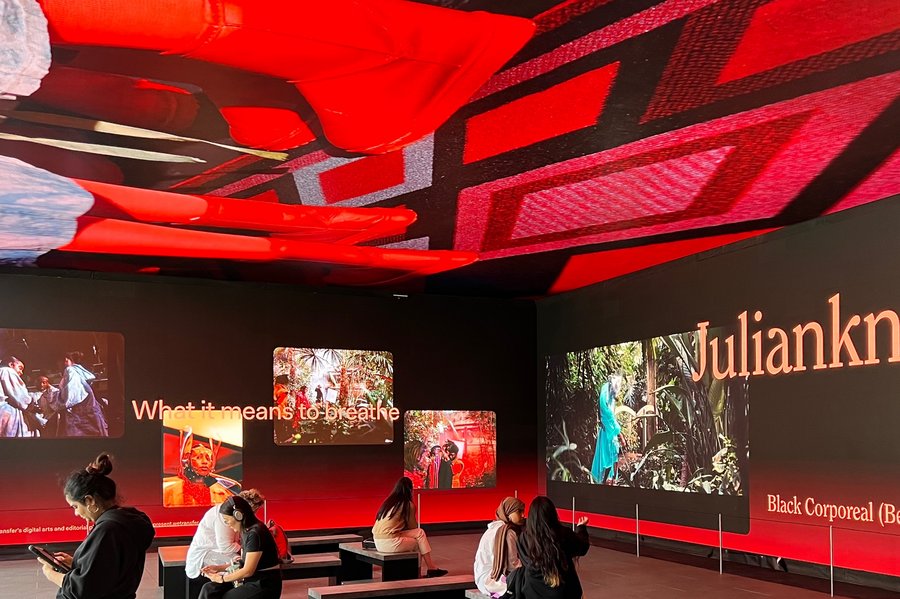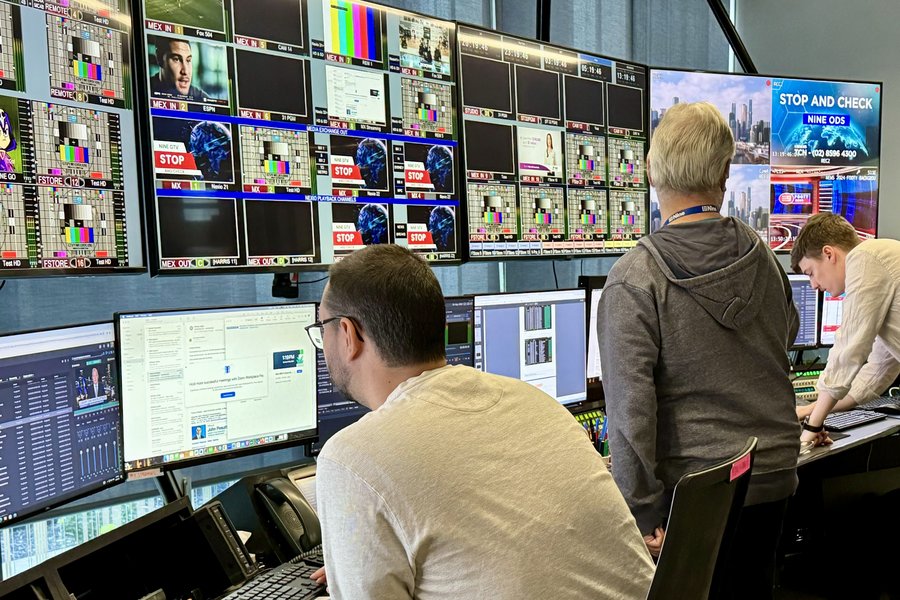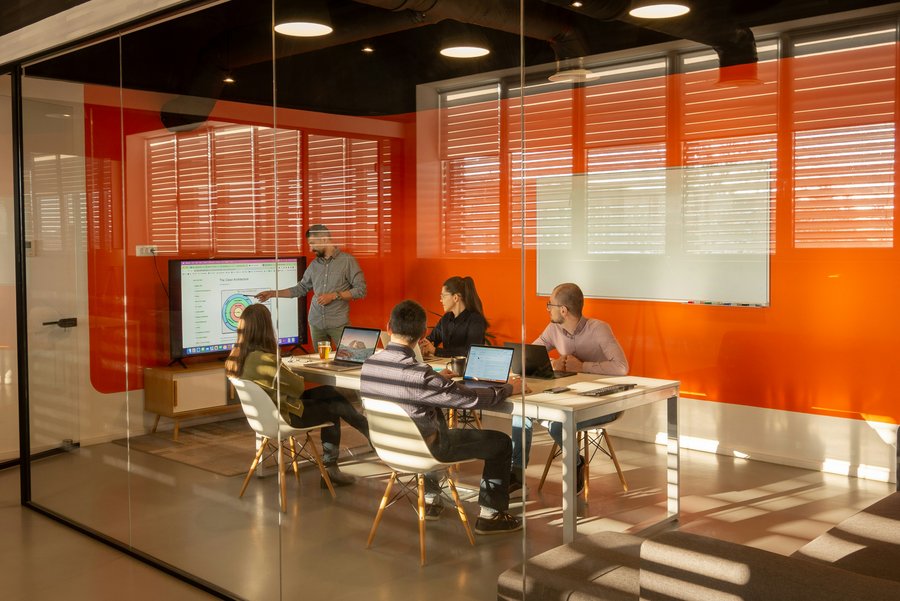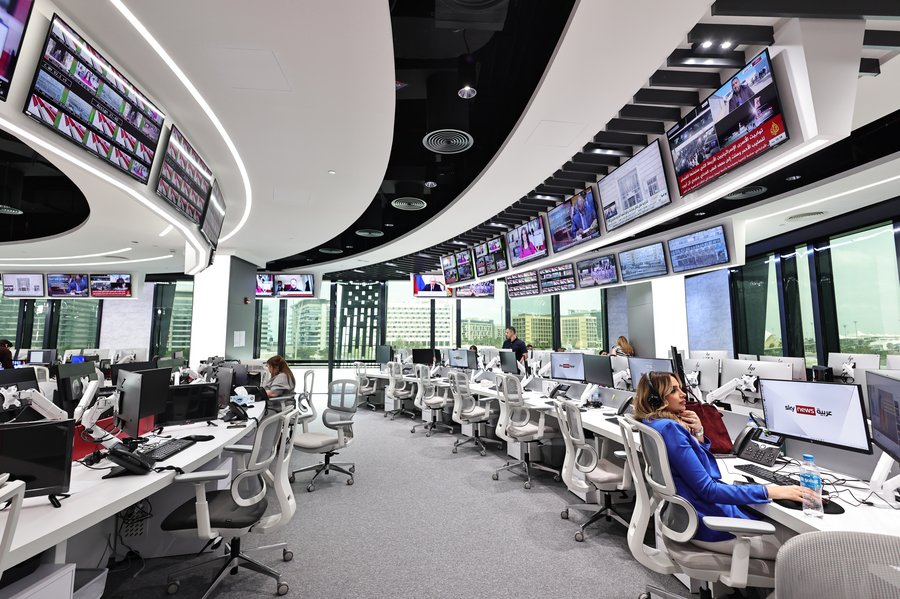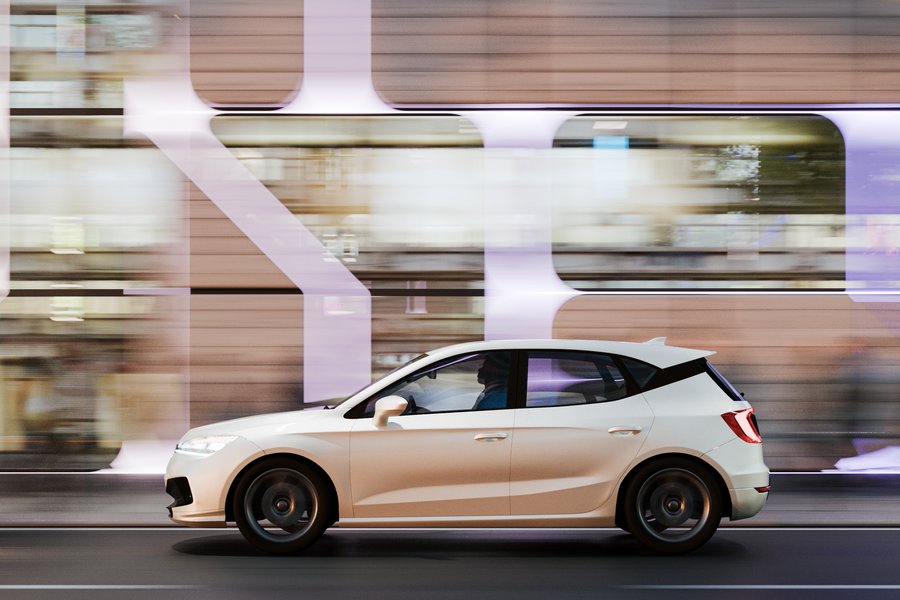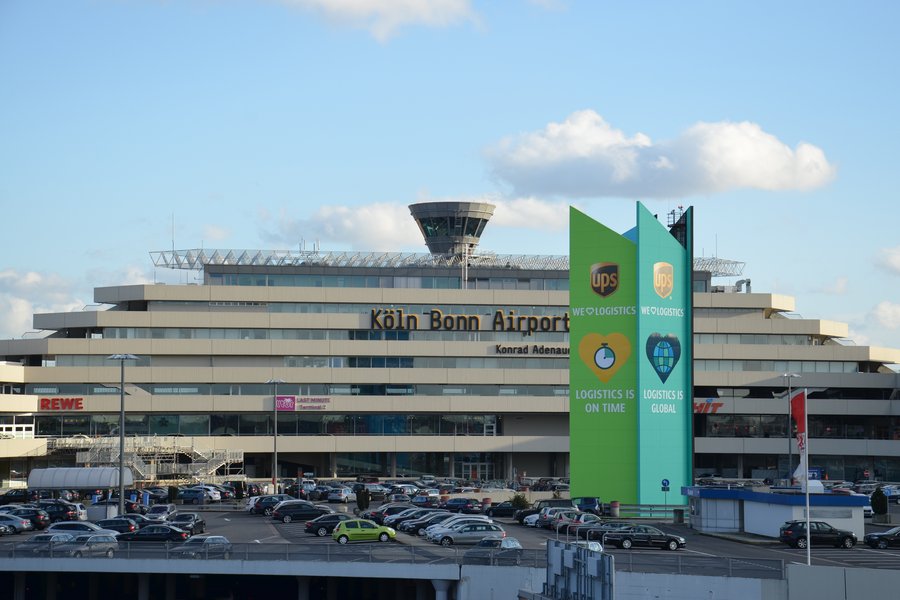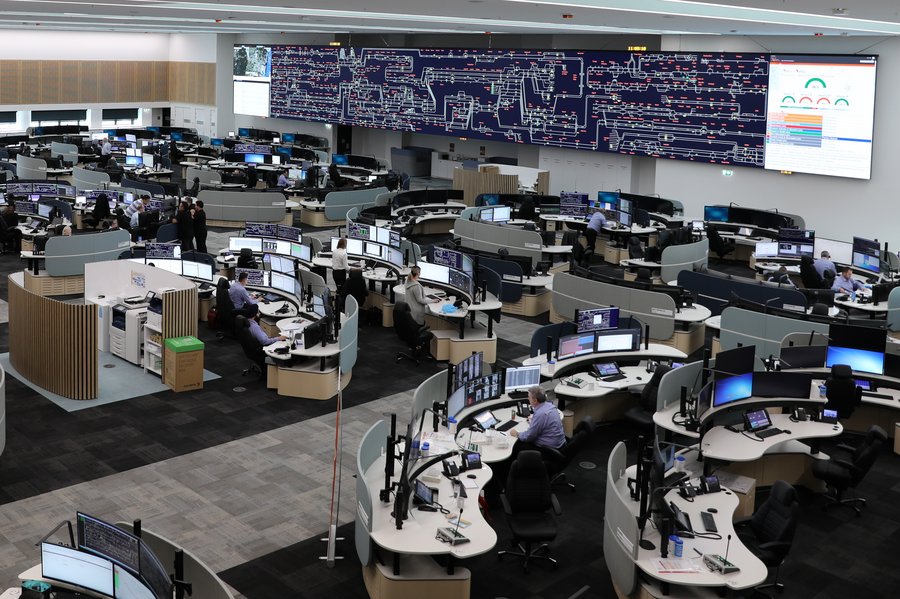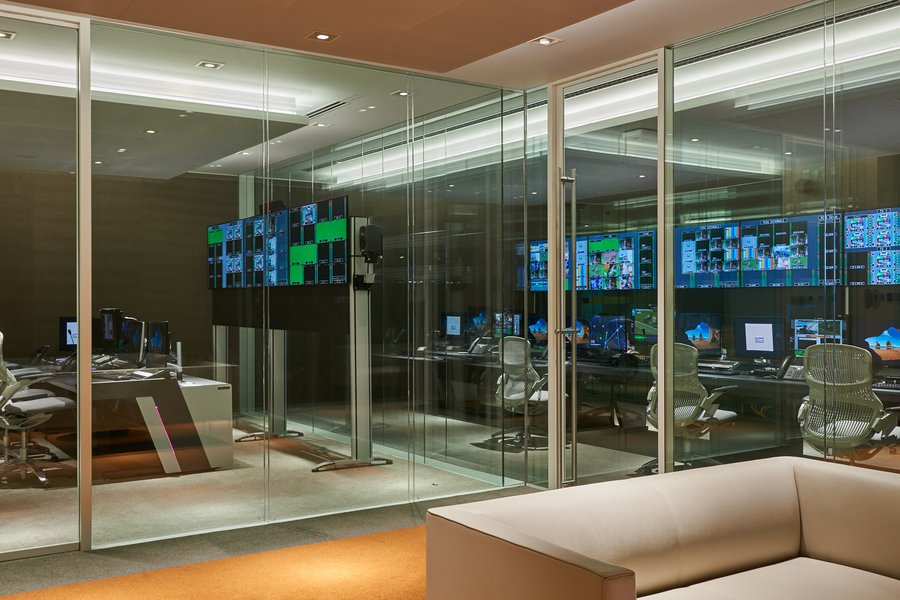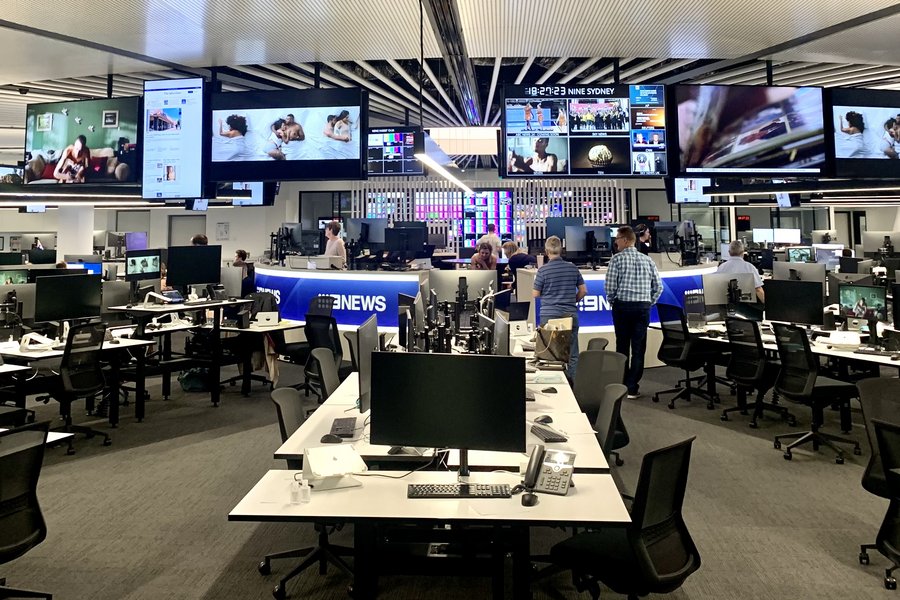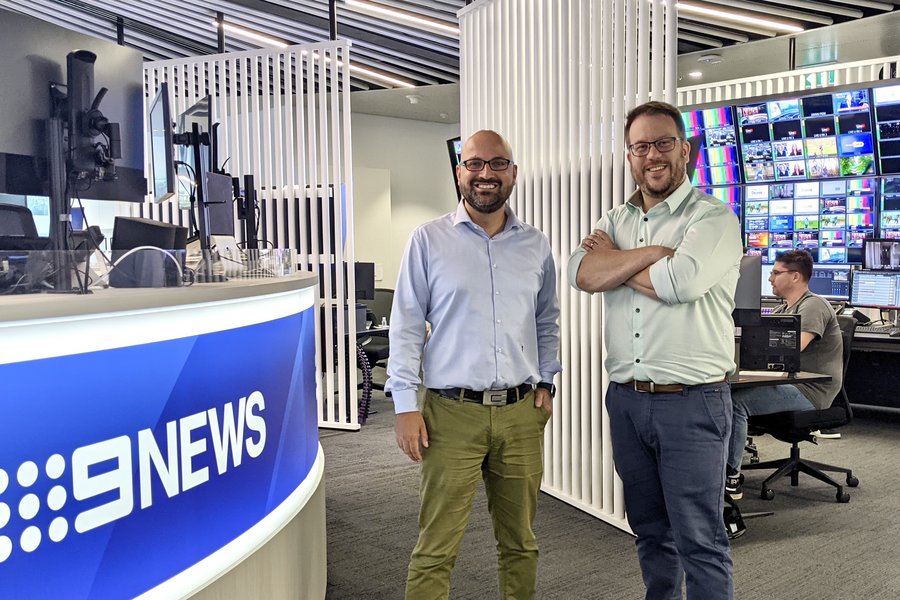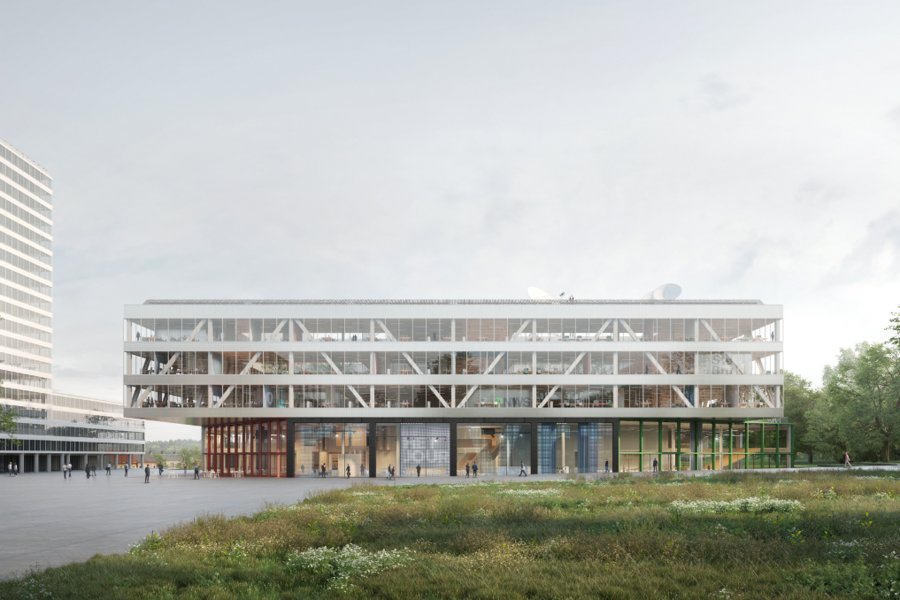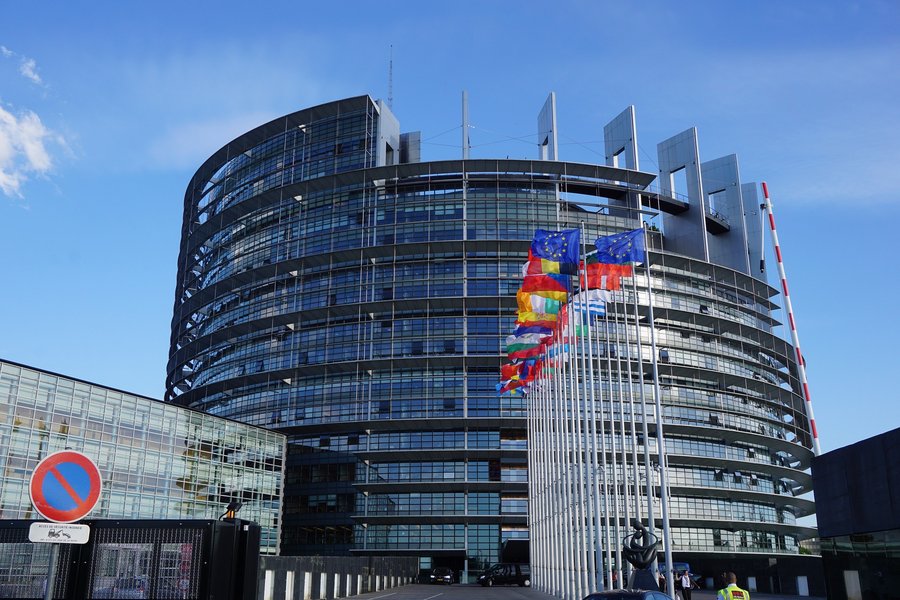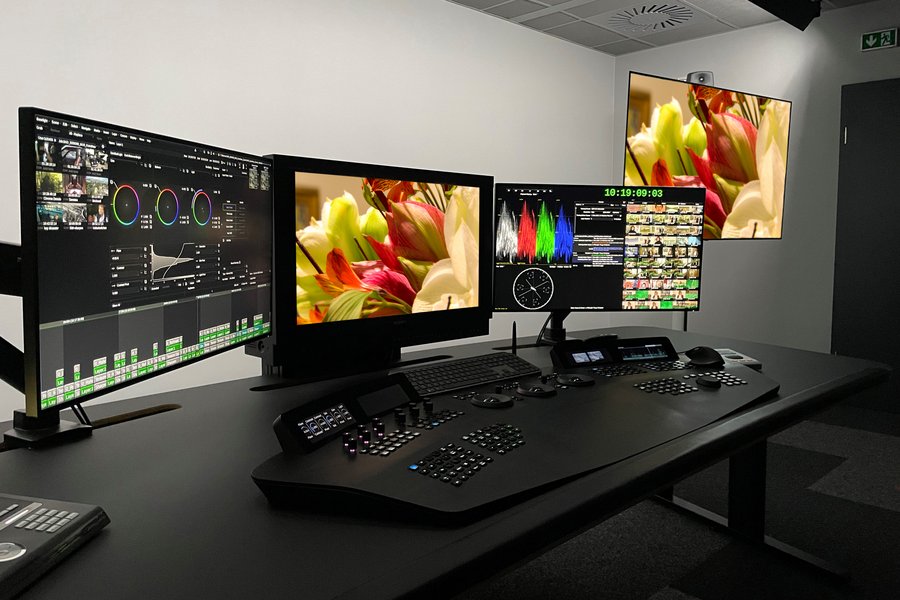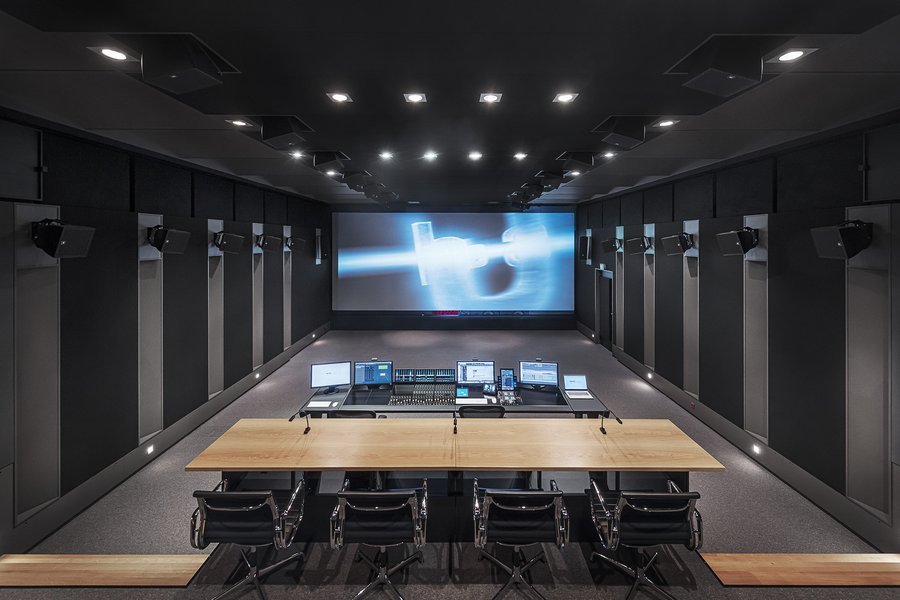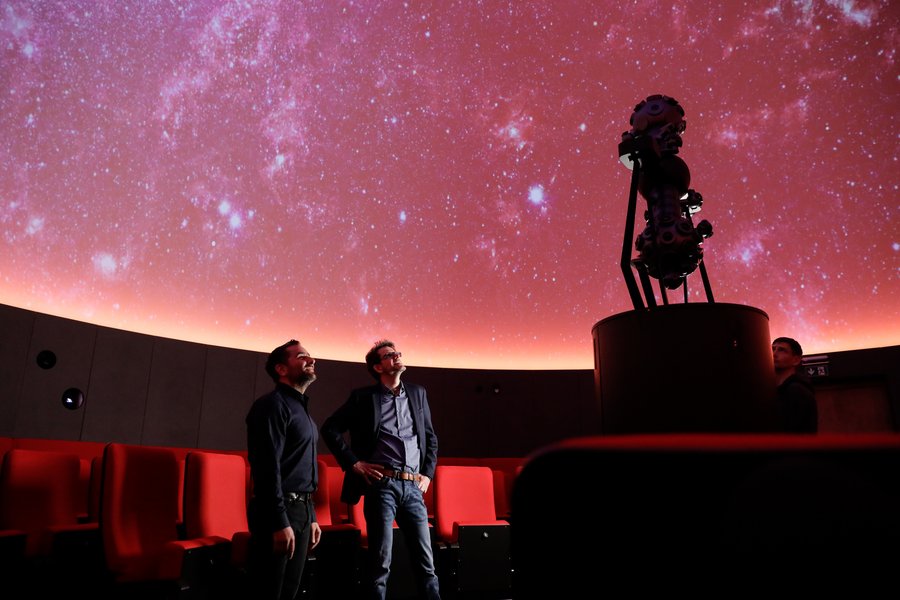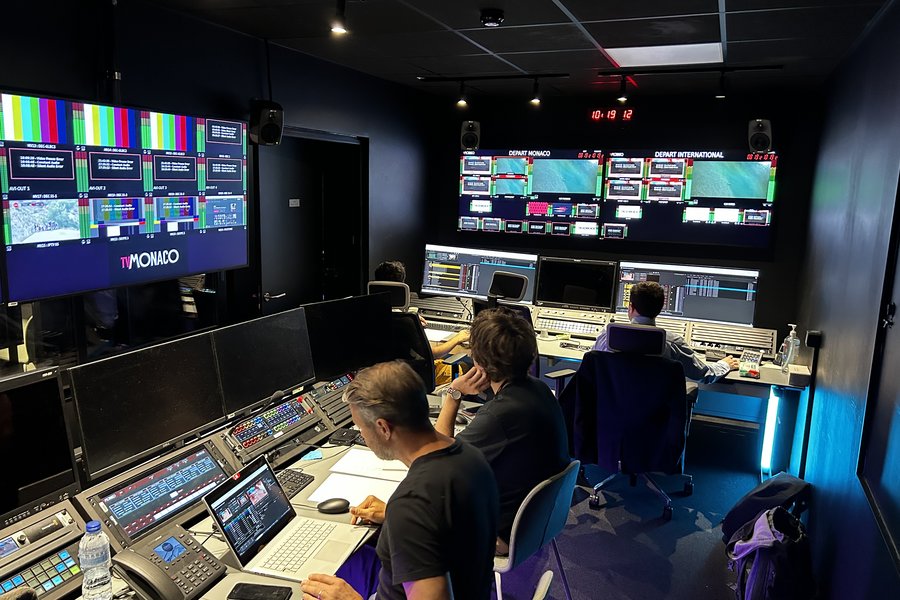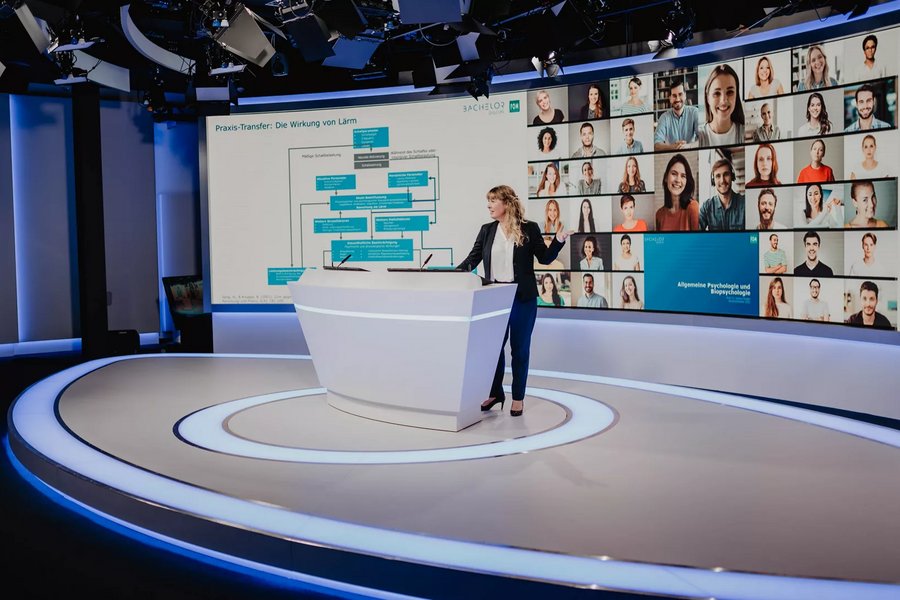Realtime collaboration for content teams in the mobility industry

When mobility becomes a media industry
Vehicles today are more than transportation. They are brand platforms, experience spaces, and media channels. Every interface, animation, and campaign shapes global brand perception from the first digital touchpoint in the configurator to the personalized display in the vehicle.
Developing a new vehicle model now means orchestrating a global media pipeline: Motion designers create photorealistic 3D renderings in California, video producers edit campaign content in Berlin, while CGI artists in Shanghai develop interactive configurators for digital showrooms. Terabytes of 8K video, high-resolution CAD models, and immersive AR experiences are moved across continents under strict compliance requirements.
Realtime collaboration is business-critical. Content must be developed, shared, and approved globally, synchronously, and consistently. The key question: how can media-intensive workflows be orchestrated worldwide without compromising performance or data sovereignty?
Three key challenges for global content teams
1. Speed vs. data sovereignty
Creative teams require immediate access to large files such as multi-gigabyte 3D assets, 8K campaign videos, interactive prototypes for immersive showrooms. Download or upload delays reduce productivity and slow approval processes.
At the same time, regulations such as the EU Data Act and internal compliance rules require sensitive pre-production material (unreleased vehicle designs, campaign drafts, strategic product data) to remain regionally stored. In highly regulated markets or under strict corporate security policies, balancing global availability with local control becomes challenging.
Solutions: Proxy workflows enable fast reviews with low-resolution versions while high-resolution masters remain local. Edge architectures with regional content hubs bring files closer to teams. Adaptive streaming adjusts quality and bandwidth dynamically. Secure cloud storage with sovereign cloud components ensures full control over data residency.
2. Innovation vs. stability
Tools such as AI-driven content production, virtual production, or real-time rendering enable creative excellence and accelerate workflows. Generative AI automates variant creation, machine learning optimizes metadata tagging, and cloud rendering handles compute-intensive 3D visualizations without expensive local hardware.
However, innovation carries risks: System failures during critical campaign launches can cost millions, immature tools threaten project timelines, and security gaps in new cloud services expose sensitive content.
Solutions: Dual-speed architectures separate innovation from stability. Agile cloud tools are used for creative and marketing projects where speed matters and downtime is tolerable. Business-critical production workflows – e.g., final rendering for global launches – continue on stable, proven systems. Pilot projects test new technologies before they become business-critical.
3. Standard solutions vs. industry-specific requirements
Standard DAM or content management systems accelerate deployment and offer proven functionality. But they rarely cover automotive-specific approval processes – such as multi-stage approvals across brands, markets, and compliance levels. Multichannel publishing for social media, websites, in-car displays, and dealer portals requires specific metadata and formatting. Immersive workflows for VR showrooms or AR configurators are often not supported.
Solutions: Best-of-breed media stacks combine proven standard tools for generic tasks (video editing, asset management) with tailored orchestration solutions for automotive-specific requirements. API gateways connect heterogeneous systems. Custom layers enable industry-specific workflows without rebuilding standard tools from scratch.
Regulatory roadmap until 2027: What content teams need to know
| Regulation | Relevance for Content Workflows |
|---|---|
|
|
Portability of media assets across systems, interoperability |
|
|
AI-driven content production and automated localization |
|
|
Security of in-car media and OTA content updates |
|
|
Lifecycle documentation including videos, manuals, instructions |
From 2026, the Digital Product Passport will become a major driver for content operations: each vehicle requires complete documentation from production to recycling – including all relevant media assets. This generates massive data volumes that must be structured, versioned, and accessible long-term.
Technology building blocks for realtime collaboration
Global content teams need an integrated media ecosystem that intelligently orchestrates multiple technologies:
- Cloud: Scalable storage that grows as needed. Sovereign cloud components ensure full data control – critical for pre-production and sensitive strategic content.
- AI-driven workflows: Automate tedious manual tasks: metadata extraction, localization for multiple markets, and quality checks via machine learning. This accelerates workflows and reduces errors.
- Streaming & live video: Instant access to large files without full downloads. Frame-accurate reviews even for terabyte-scale originals. Adaptive bitrate optimizes quality based on bandwidth.
- Digital asset management (DAM): Organizes thousands of assets – raw footage, edited versions, and final deliverables. Version control provides overview, rights management ensures only authorized teams access sensitive content.
- Multichannel publishing: Ensures consistent output across social media, websites, in-car systems, dealer portals, and apps. Automatic adaptation for formats, resolutions, and aspect ratios.
- VR & immersive technologies: Designers across continents experience prototypes virtually, discuss details in real time, and make decisions without physical presence. Virtual showrooms enable customer experiences before vehicles exist.
Realtime collaboration use cases
-
Global 3D asset collaboration: Teams in Asia, Europe, and North America work simultaneously on 3D vehicle models. Changes sync in real time, comments are placed directly on models, regional design preferences develop in parallel without creating separate versions.
-
Proxy workflow for 8K videos: Marketing teams review 8K campaign videos frame-accurately without downloading gigabyte-heavy files. Low-resolution proxies allow fast iterations; annotations are precise. Final color grading uses high-resolution masters.
-
Automated multichannel localization: A global campaign film is automatically localized for 40+ markets. AI-generated subtitles, culture-specific adaptations, and compliance checks are completed in days instead of weeks.
-
Immersive VR reviews: Designers in three time zones meet virtually in photorealistic showrooms. They discuss interiors, test material variants in real time, and make decisions – without physical prototypes.
-
Secure collaboration with external agencies: External partners receive time-limited access to specific asset sequences. DRM-protected previews prevent downloads, forensic watermarks track usage, and access expires automatically after the project.
The value for brands, teams, and organizations
-
Faster time-to-market: Automated workflows reduce lead times from weeks to days, enabling agile response to market changes.
-
Higher brand consistency: Global templates, centralized asset libraries, and automated compliance checks ensure uniform brand experiences.
-
More efficient global teamwork: Eliminates media breaks, reduces approval loops, and enables real-time collaboration across time zones.
-
Secure handling of sensitive pre-production material: DRM, watermarking, and granular access control protect competitive advantages.
-
Innovative content formats: Immersive VR experiences and interactive AR configurators differentiate brands and create unique customer experiences.
Conclusion
The mobility industry is becoming the media industry, and realtime collaboration is key. Investing in robust media architectures today lays the foundation for faster time-to-market, consistent brand experiences, and new digital business models.
Technology is available. A partner who can navigate the transformation with media-technology excellence is crucial. Qvest supports cloud architectures, heterogeneous media system integration, and intelligent orchestration of streaming, DAM, multichannel publishing, and AI workflows.
Let’s analyze together how media technology can accelerate your global collaboration – performant, compliant, and future-proof.










